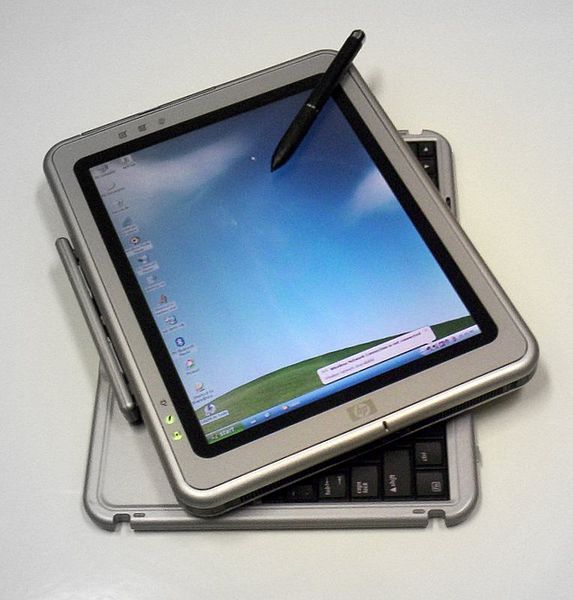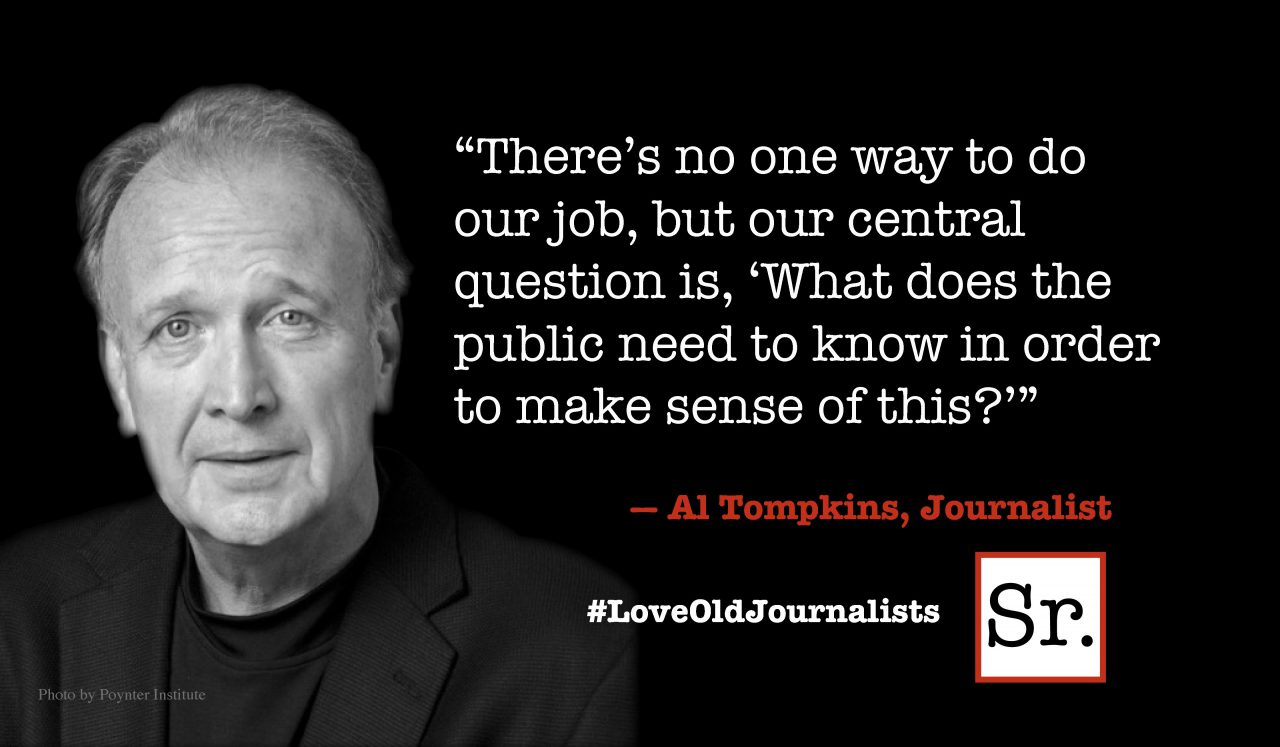Any guess as to the identity of the fastest selling consumer electronic product in history? You might suspect the iPhone, or perhaps the iPad. But the correct answer is Microsoft’s Kinect, which is nothing more than a controller-free peripheral for the company’s Xbox 360 gaming system. Kinect works by studying a player’s bodily movements and using them as inputs, so he or she doesn’t have to worry about using a traditional controller. 8 million of these units sold during the product’s first 60 days on the market, with no Windows 8 or Microsoft Office anywhere in sight.
What’s happening to Microsoft is fascinating, and you might want to pay attention. Like Apple, the company is beginning to move in the direction of a consumer-products producer: one that uses software tightly woven into the operation of hardware made by Microsoft itself. At the same time, this is a juggling act because Microsoft is also hugely tied up with business. Forty percent of its overall revenue comes from multi-year licensing arrangements with big companies, government agencies and universities. Well over a billion PCs run one version or another of Microsoft Windows in settings ranging from living rooms to elite corporate headquarters.
How are they going to manage a move that will keep consumers anxious to purchase while satisfying the need for stability and gradual upgrade demanded by enterprise clients? It won’t be easy, but we’re seeing the emerging answer in both software and hardware. Windows 8, released at the end of October, is a re-imagining of what an operating system should look like, but it also has to contain all the capabilities that allow big corporate systems to run the software they’re familiar with. That means that while you can use the tablet-like, touch-based Metro interface to enjoy the new look, you’ll always be able to click back into the familiar keyboard-and-mouse mode on the desktop.
At the same time, Microsoft is moving to release a new tablet called Surface. You’re going to see this billed as something that can operate both as a laptop and a tablet, with a slick detachable keyboard called a Touch Cover — the idea being to provide workable typing options unobtrusively. You’re going to want a cover for your tablet anyway, so why not let it double as a keyboard when you need one? This frees you of the need to use clunky on-screen keyboards with your fingers, or to buying a separate keyboard, as demanded by the iPad. Although you’ll be able to buy a Surface without the Touch Cover, you won’t want to because the cover is what distinguishes Surface from the other tablets out there, a highly functional upgrade for touch-based devices.
Microsoft knows full well that big business is going to stay away from Windows 8, not to mention Surface, until both are proven products, and even then that end of the market will take its time. Bear in mind that many large operations have yet to make the transition from Windows XP to Windows 7 (the less said about the interim Vista version of Windows, the better). With that in mind, the consumer market is what is in play currently and Microsoft has to get it right.
Surface will be positioned precisely for that market, and Microsoft will attempt to close the sale with Windows 8. A version of the software called Windows 8 RT will run on the tablet while another version runs on the desktop; later versions of Surface will share the same version of Windows 8. Expect a huge marketing push to sell you on the idea that you should be able to use the same interface across all your devices — from smartphones to tablets to desktop. Windows 8 aims to be that interface, and to bring all the color and ease of use of touchscreen tablets into the Windows world, with keyboard options available where they’re optimal.
My view on major releases of software and hardware is straightforward: Wait.
Windows 8 is very slick, but let the early adopters try it out before you do. They’ll work out the bugs, and when they do, the first service pack will then upgrade and extend the software’s capabilities. That’s the point at which buying Windows 8 makes sense, rather than just buying because it is new.
So the ball is in the consumer’s court when it comes to Windows 8, and Microsoft will attempt to woo the public with the virtues of operating similar software across all devices. As the Surface tablet gets into the marketplace, it will be pushed as a consumer device with all the power of a tablet and the ability to operate seamlessly with your PC and phone. Naturally Microsoft would like you to run its software on all these devices, so Windows 8 is a play for a large swathe of the hardware market. Get used to Windows 8 on a tablet and you’ll want your next PC to run it, etc.
Hold off on Surface and Windows 8 until a large enough audience has put both of them through their paces. Then ponder whether an early version of Surface with Surface RT is going to satisfy you — you’ll have Office 2013, but limitations on what other programs you can run. The suspicion here is that it will take a later version of Surface, one with the full Windows 8 package, to inspire consumers to put down their money on a $600 (with Touch Cover) Windows tablet.
It’s a fascinating time. With Microsoft in the midst of redefinition, the best course is to sit back and watch events unfold to see how the new hardware/software push materializes. Microsoft needs it to work, and it may, but better to be a spectator than to roll the dice prematurely.









